Passionate pleas against housing at Whalebones failed to halt go ahead from Barnet Council’s planning committee
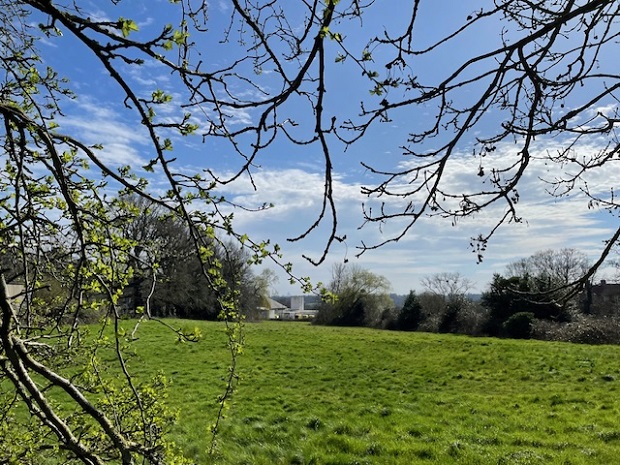
A ten-year campaign to prevent new housing on farmland at Whalebones in Wood Street, High Barnet, ended in defeat despite stark warnings about the loss of a nature-rich habitat in a much-prize conservation area.
Barnet Council’s strategic planning committee agreed by five votes to three to approve a revised application by Hill Residential to build 115 houses and flats on the fields opposite The Arkley public house.
Passionate appeals to preserve the Whalebones green space within the Wood Street Conservation Area failed to convince the Labour controlled committee which agreed with the council’s planning officer that the advantages of the latest scheme outweighed any possible harm.
Opposition to the plan was voiced by the Barnet Society and the Chipping Barnet Conservative MP Theresa Villiers.
Robin Bishop, who leads for the society on planning and environment, condemned a brutal contradiction of the conservation area that would cause “flagrant harm to a wonderful natural resource”.
Ms Villiers agreed: concreting over “precious fields” would lead to a “disastrous loss of wildlife habitats”.
But their objections were roundly rejected by the Barnet Residents Association. Their spokesman Gordon Massey thought the revised scheme – which includes five-storey blocks of flats close to Wellhouse Lane – could hardly be bettered.
Because of the size of the development – and its strategic importance – the scheme has to be referred to the Mayor of London who has the power to call in the application and refuse permission.
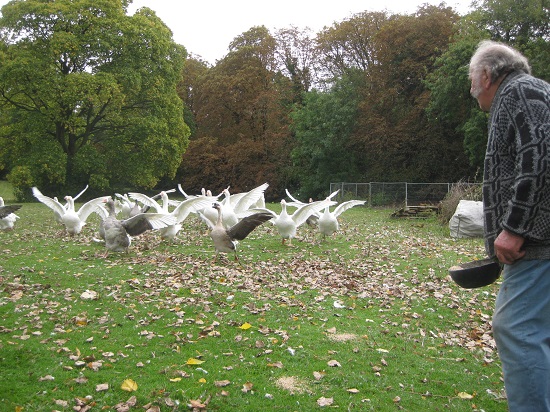
In the years since there was an active small holding at Whalebones – where tenant farmer Peter Mason reared cattle and kept a flock of geese – there have many twists and turns in a protracted debate about the future of the farmland which lies between Wood Street and Barnet Hospital in Wellhouse Lane.
When the trustees of the Gwyneth Cowing estate announced their intention to redevelop the site there was immediate opposition, despite their offer of public access and the construction of new premises for the Barnet Guild of Artists and the Barnet Beekeepers Association.
The Whalebones estate comprises nearly 12 acres of ancient and biodiverse greenery which is regarded as an essential green buffer between Arkley and Barnet, and which was specifically included within the conservation area which extends east to Barnet parish church.
An earlier plan in 2019 for 152 homes was rejected by Barnet Council whose decision was supported by an inspector at a planning inquiry.
Hill Residential revised the scheme downwards to provide 115 houses and apartments in buildings ranging from two to five storeys in height, and this application has now been approved by the committee.
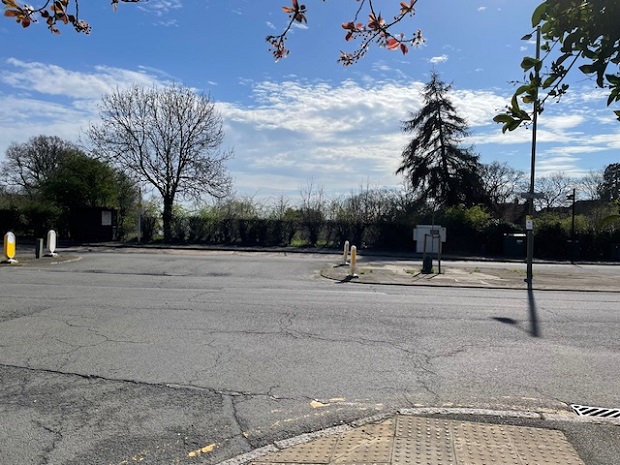
The new estate would be served by a new approach road from Wood Street — see above — which would run parallel to Collison Avenue, which is the service road for the new Elmbank development.
At the start of the committee hearing a planning officer explained that the Whalebones land was being zoned for housing in the emerging local plan for High Barnet.
All the new housing would be on the western side of the site, closest to the new housing at Elmbank and away from the historic and listed Whalebones House which is in private ownership, and which is not part of Hill’s development.
Fifty per cent of the site – including the field which is at the junction of Wood Street and Wellhouse Lane – would remain open space.
He said the developers intended to plant 150 trees across the site which would include access points to paths off Wood Street and Wellhouse Lane which would provide direct and faster routes for pedestrians to Barnet Hospital.
Mr Bishop was the first to be called to speak. He insisted the harm to the Whalebones green space and conservation area outweighed the benefits of new housing.
Eight hundred years of Barnet’s history were encapsulated within the conservation area. At one end its church and first marketplace, and at the other the last remaining fields, a deliberate legacy of Gwyneth Cowing.
The scheme was a vast over development. Better alternatives had been rejected by the trustees and developers. They had argued that half the site would be open to the public, but that would turn it into an urban park with “no guarantee of safety from future development.”
He was disappointed that neither the developers nor the council had understood the passion of so many residents to preserve Whalebones and he predicted there would be despair at a brutal disregard for Barnet’s conservation areas and green spaces.
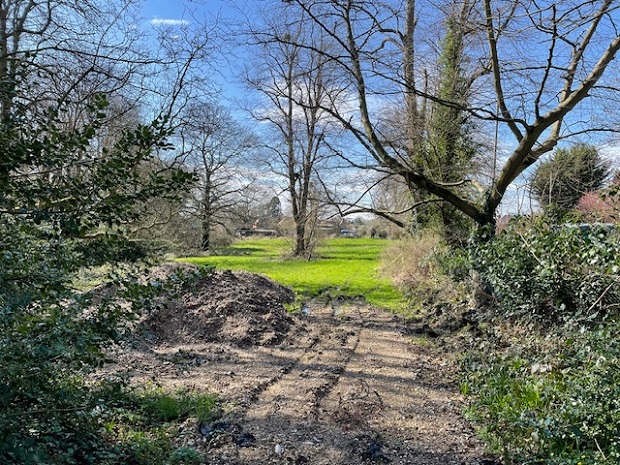
Ms Villiers shared Mr Bishop’s anguish over the damage to the “leafy, open nature of Whalebones” and the loss of a visual break between Chipping Barnet and Arkley and the blurring of their separate identities which the conservation area was supposed to prevent.
Wildlife habitats which supported local biodiversity and birdlife – including “bats, badgers, deer, grey wagtails, and swifts – would be lost when precious fields were concreted over and replaced by grass of limited ecological value.
She appealed to councillors to think carefully before granting approval: “In future years when you visit the area – perhaps seeing a patient at Barnet Hospital – I hope you will want to look out over green fields and know you played a part in saving them…not losing them forever.”
In presenting Barnet Residents Association’s support for the scheme, Mr Massey praised Hill Residential’s latest design which was for a development that was not dense, that was low rise and included family houses and affordable homes.
He acknowledged there might be some negative impact, but half the site would remain open space with public access.
“We consider this scheme is unlikely to be bettered and it is a benefit to Barnet’s housing needs.”
The revised local plan for the area was likely to zone Whalebones for housing and as a residents’ association they could not ignore the importance of Barnet Council’s target to build 2,300 homes over the next five years.
Colin Campbell, who represented Hill Residential and who had been involved in the Whalebones scheme for the last eight years, insisted that continued agricultural use of the Whalebones small holding was no longer viable.
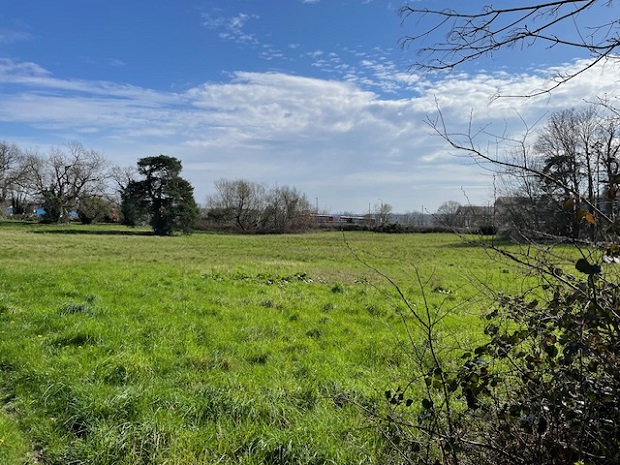
Hill had taken account of the views of community groups. All development had been removed from the east field at the junction of Wood Street and Whalebones – see above – and the total number of new homes reduced from 152 to 115. There had been reduction in the height and mass of the new houses.
When Mr Campbell justified what he said were the substantial public benefits of the scheme – with half of what was previously private land being afforded public access as a green space – he was challenged by Councillor Richard Cornelius (Conservative).
Legal guarantees would be in place to maintain the open space in perpetuity, but Councillor Cornelius questioned why this task was going to be handed over to a private company instead of an arrangement that involved the community.
He said trustees cared for Hadley Common and the Totteridge Manor Association fulfilled a comparable role. They remained publicly accountable, and he wondered whether there was any chance of Barnet Council taking an interest in the management of the new open space.
In response to questions from the committee chair, Councillor Nigel Young (Labour), the committee was told by a planning officer that steps would be taken to strengthen the guarantee of public access in perpetuity, and this would not preclude the council taking an interest in the land at a future date.
Before the vote was taken, Councillor Young said he agreed with Barnet Residents Association that was a “good scheme, which does not overdevelop the site, and does not damage the Wood Street Conservation Area.”
Councillor Cornelius disagreed: approval of the plan would be a retrograde step because it would lead to a clear net loss of open green space.
The final vote – five in favour and three against – was later criticised by Theresa Villiers.
She said it a “sad day” when the Labour majority on the strategic planning committee had given a green light to concreting over green space at Whalebones despite the opposition of three Conservative councillors.
A previous plan had been rejected by the former Conservative controlled council and Labour had failed to listen to local residents.
“The Labour Party leader says he would ignore local views on planning applications and build over the green belt. The planning committee has given us a taste of what that means in practice.
“The one positive from this is that campaigns by residents, which I strongly supported, have had a real influence…they have forced the developers to make changes to their initial plans.
“I will be working to ensure that the promises made on conserving part of the open space at Whalebones are kept.”
5 thoughts on “Passionate pleas against housing at Whalebones failed to halt go ahead from Barnet Council’s planning committee”
Comments are closed.

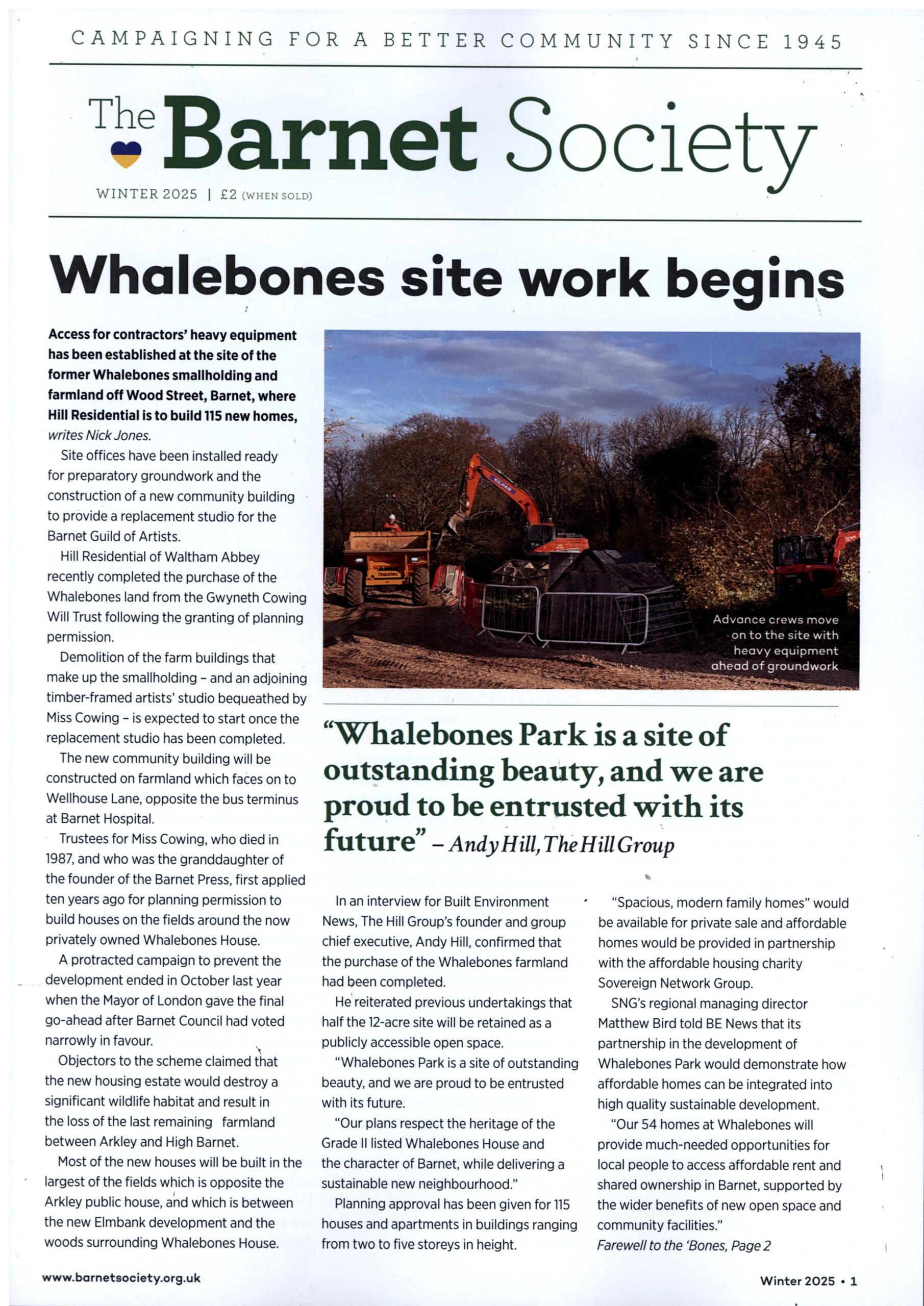
Much needed housing indeed. Although not enough of these will be handed over to reduce the acute affordable housing shortage in the Borough.
Has anyone heard from our prospective Labour MP on this subject, or that of the Victoria Quarter? Should we assume by his apparent silence that Dan Tomlinson is happy to support these development? How does this bode for his support of other local issues?
excellent news. much needed, high quality housing for the area.
Ludicrous that NIMBYs have managed to drag out the planning and approvals for nearly a decade
Absolutely Martin, BRA should be ashamed. This is a terrible outcome and a real disappointment. A great shame BRA abandoned the residents.
I’ve fought 8 long and hard years to stop this from happening. BRA should hang their heads in shame, they are not the voice of Barnet Residents. It’s a foregone conclusion that area C in their plans will in time also be developed.